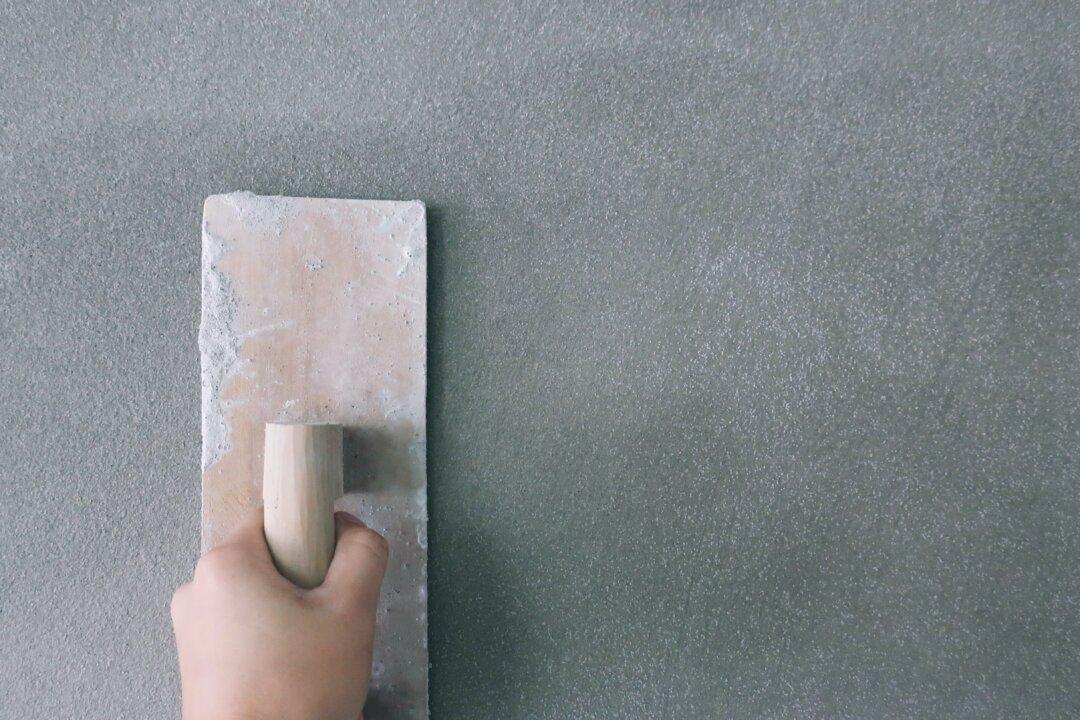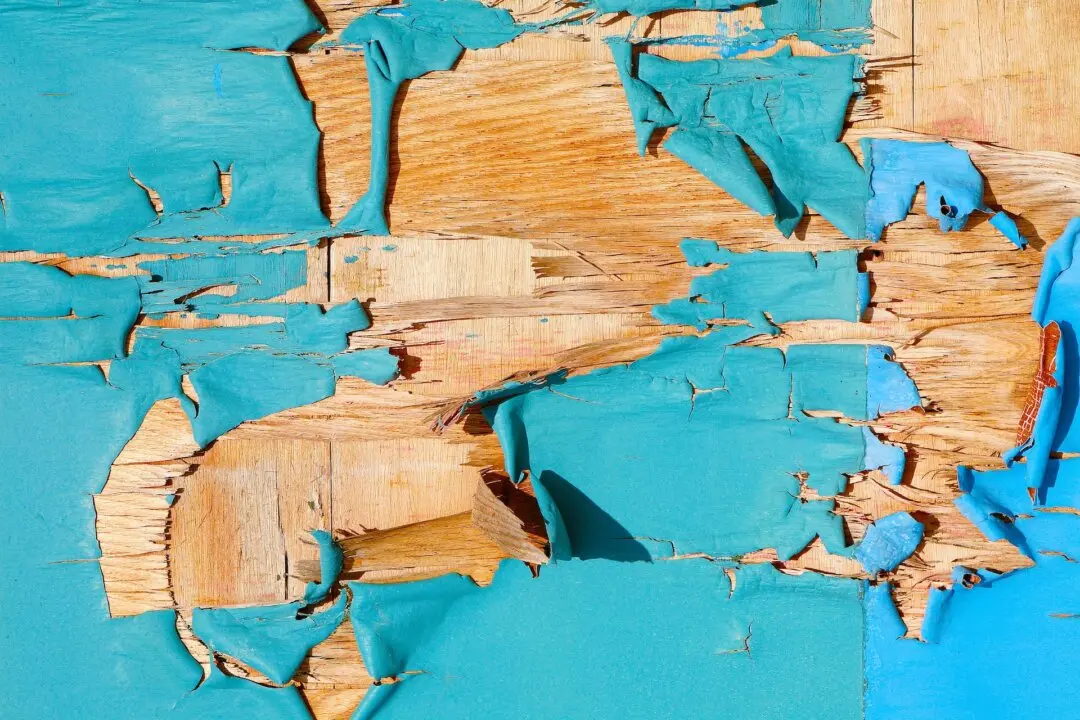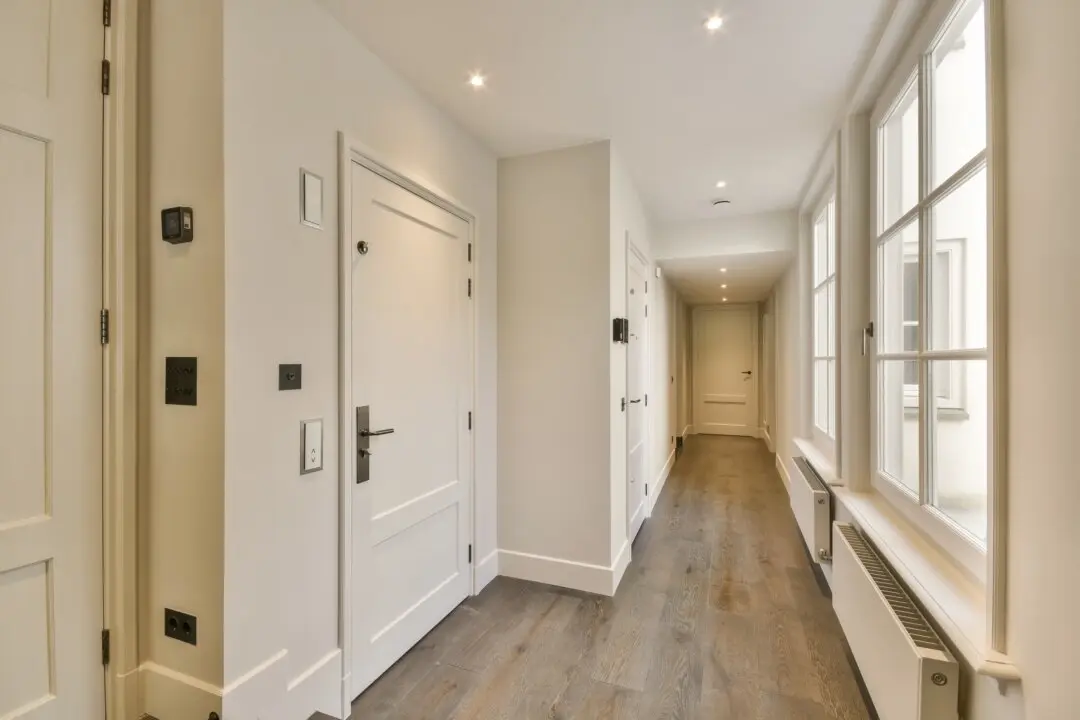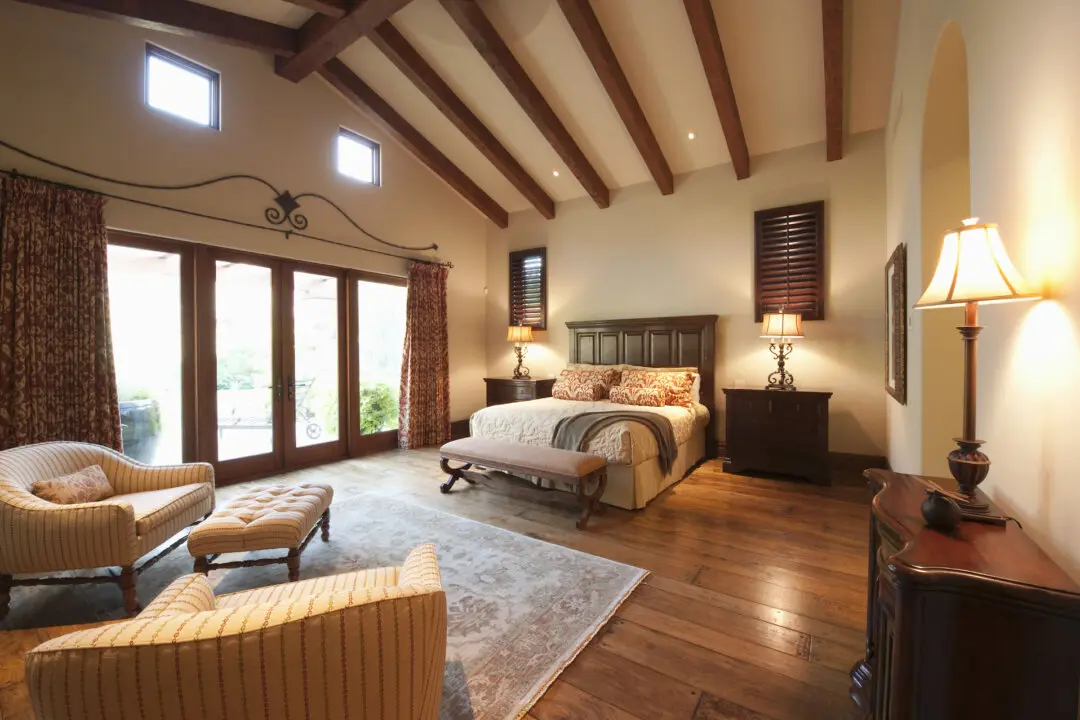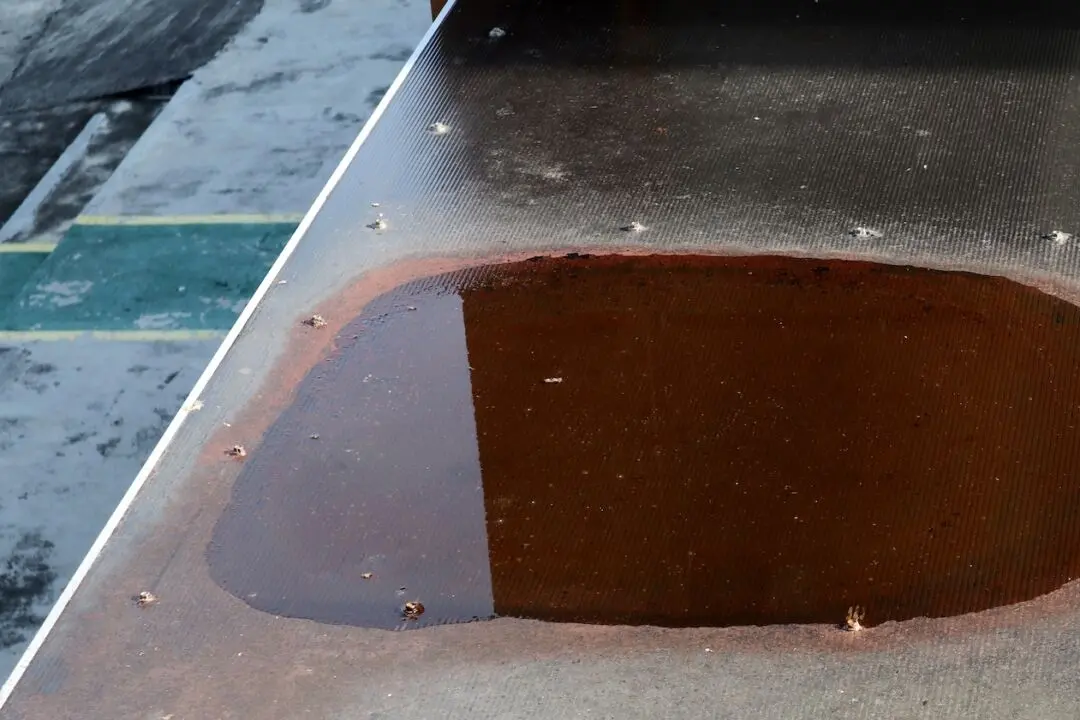Dear James: We are planning a substantial room addition to our dream home. We aren’t on a tight budget, and we want everything done right. Should we use plaster walls or standard drywall walls?—Sheila T.
Dear Sheila: Hmm—plaster! Most people think that real plaster walls are a relic from yesteryear. Well, nothing could be further from the truth. Real plaster walls are making a strong comeback and with good reason. In almost every aspect, plaster is superior to drywall.

